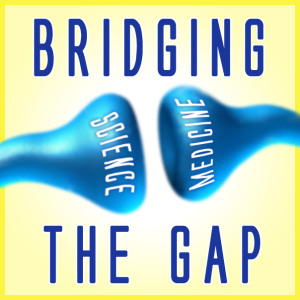With each new year, we are pressured to construct a “new self” guided by resolutions. We design a “new year, new me,” fueling the market of self-improvement products around December and January. The explosion of fitness equipment in stores during this time attests to the pervasiveness of an annual self-improvement routine in our culture. Importantly, this phenomenon of constructing resolutions to improve body image represents some of the elements of our potentially misaligned “beauty culture,” wherein popular culture potentially drives individuals to extreme measures to achieve weight loss. However, while much of the focus in recent years has been on losing weight and the perils of being overweight, eating disorders such as anorexia and bulimia can be just as detrimental.
Nevertheless, because there are so many diseases whose underlying cause can be attributed to being overweight, more resources have been devoted to helping patients cut down on their caloric intake rather than to treating those who are dangerously underweight. In fact, may insurance plans routinely deny insurance coverage for patients with eating disorders such as anorexia nervous and bulimia. In France, however, steps have been taken in order to improve the health of models who have been classified as “ultrathin.” In order to combat anorexia in the modeling profession, an amendment has been added to a health care bill defining a minimum body-mass index (BMI) for models. Furthermore, the amendment requires that photos which have been retouched to make the models appear thinner are clearly labeled, addressing this eating disorder from a social standpoint as well. Though facing resistance by modeling companies, measures such as these could perhaps benefit the health of anorexic models in the United States if effectively implemented.
In 2010, an anorexic French model named Isabelle Caro raised awareness about anorexia through the use of photos and videos of her near-skeletal figure. She passed away shortly afterwards, but her efforts depict the pitfalls of present-day beauty culture. Her photos illustrate how imagery can be used to ingrain opinions to viewers, both about beauty and society’s values. They show how the media’s portrayal of beauty may be influencing how anorexic individuals may arrive at dangerous thought patterns. However, Dr. Walter Kaye, the director of University of California-San Diego’s (UCSD) eating disorders research and treatment programs, contends that if non-biological factors were enough to trigger eating disorders on their own, anorexia would be much more common than it is. In fact, only about 0.5% of women in the United States are anorexic, which suggests that there is likely more to the development of this disorder than simply the effects of media imagery.
Also at UCSD, a team of psychiatrists studied the effects of sugar tasting on the brain scans of recovered anorexic women, recovered bulimic women and women who had never had an eating disorder. They found in their review that activity of the primary gustatory cortex, a reward center in the brain, varied between the three groups. Activity was elevated in the previously bulimic group, while diminished in the previously anorexic group, illustrating a potential role for abnormal responses to sugar as a risk factor or lasting effect of an eating disorder. Regardless of the exact nature of the relationship, it is clear that having an eating disorder is associated with differences in brain activity, and demonstrates the need to consider this information in medical practice. According to Laura Hill, chief clinical officer at a clinic specializing in eating disorders in Columbus, Ohio, it is not uncommon for anorexic patients to be told they just need to be mindful of their eating. Lack of insurance funding only serves to support this approach. However, anorexic patients cannot “just be mindful” about their eating, since the brain’s response to how and when to eat is impaired in these patients.
Understanding how people develop eating disorders and how these disorders may be affecting the brain can help equip a physician to understand and target the underlying cause during the course of their treatment approach. While uncontrolled weight gain is often a social pitfall leading to derision and negative social attitudes, weight loss is predominantly rewarded by society. Extremes of both, however, can be dangerous to patients. Through the study of the origin and treatment of eating disorders, doctors can assess each case scientifically to provide the most beneficial care possible to those suffering from an eating disorder.
Bridging the Gap focuses on the relationship between basic research and medicine to develop an appreciation for the science that underlies the foundations of modern medicine.



